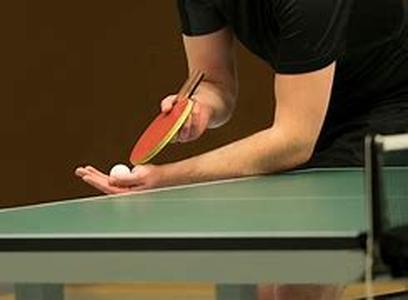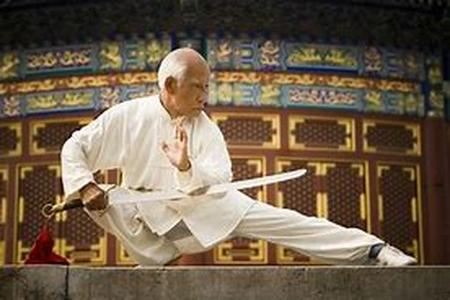
Even If This Dance Originated In , Due To The Great Interest Of King Louis XIV, Made A Remarkable Contribution To The Development Of Ballet. A Testimony To That Are Their World- Renowned Dancers Such As Olga Preobrazhenskaya, Agrippina Vaganova, Galina Ulanova, Mathilde Kschessinskaya, Tamara Karsavina, Yuri Grigorovich And Konstantin Sergeyev, To Name A Few. Ballet In Was Introduced With Other Aristocratic Dance Forms As Part Of Peter The Greats Westernization Program In The 1700s. In 1734, The First Ballet School Was Established. By 1740, The Full Ballet Company Was Founded At The Imperial School Of Ballet In (the Town Where The Timeless Prima Ballerina, Anna Pavlova, Was Born). Ballet In Assimilated Native Elements From Folk Dancing As Nobles Sponsored Dance Companies Of Serfs In 1800s. Marius Petipa, French Choreographer, Spent Fifty Years Staging Ballet(s) In , Became The Dominant Figure During That Period. Among His Greatest Triumphs Was The Staging Of Tchaikovsky's Ballets. Other Noted European Dancers, Such As Marie Taglioni, Christian Johansson, And Enrico Cecchetti, Performed In Throughout The Nineteenth And Early Twentieth Centuries, Bringing New Influences From The West.In 1909, Impresario Sergev Diaghilev Founded An Innovative Touring Ballet Company Together With Choreographer Michel Fokine, Dancer Vaslav Nijinsky And Designer Alexandre Benois. After The Staging Of Stravinskiy's Controversial The Rite Of Spring, World War I And The Bolshevik Revolution Kept Diaghilev From Returning To . Until Diaghilev Died In 1929, His Russian Dance Company, The Ballet Russe, Was Headquartered In . In The Same Period, The Migr Dancer Anna Pavlova Toured The World With Her Troupe And Exerted A Huge Influence On The Art Form.George Balanchine, A Georgian Migr And Protg Of Diaghilev, Formed The New York City Ballet In 1948. Meanwhile, The Soviet Government Sponsored New Ballet Companies Throughout The Union. After A Period Of Experimentation In The 1920s, Ballet In Reverted Under Stalin To The Traditional Forms Of Petipa, Even Changing The Plots Of Some To Emphasize The Positive Themes Of Socialist Realism. The Most Influential Russian Dancer Of The Mid-twentieth Century Was Rudolf Nureyev, Who Defected To The West In 1961 And Is Credited With Establishing The Dominant Role Of The Male Dancer In Classical Ballet. A Second Notable Migr, Mikhail Baryshnikov, Burnished An Already Brilliant Career In The After Defecting From 's Kirov Ballet In 1974. The Large Cities Of Traditionally Have Their Own Symphony Orchestras And Opera Houses. Although Funding For Such Facilities Has Diminished In The 1990s, Attendance At Performances Remains High. Companies Of Ballet In Such As The Bol'shoy Theater In And The Kirov Theater In Are Still World Renowned And Have Been Visited Regularly Since The Early 1960s.





